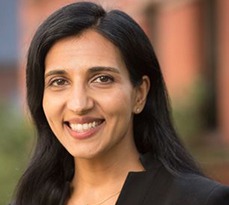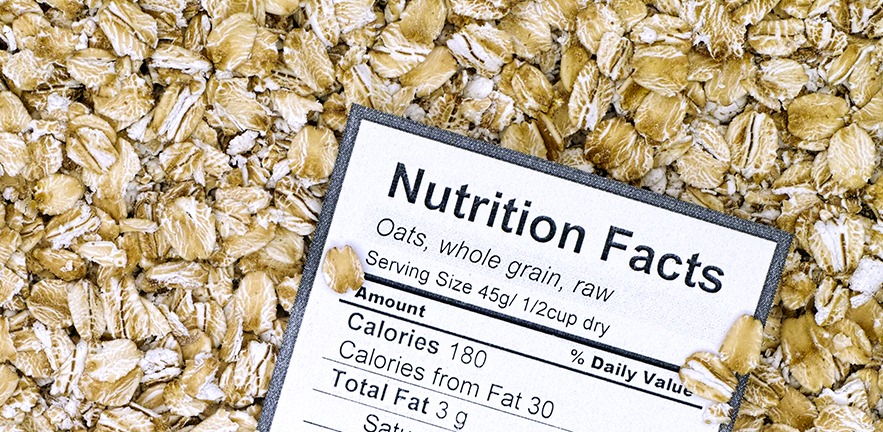
Many of us have glanced at “Nutrition Facts” labels to check the calorie content of a food item – perhaps choosing the healthier bland sandwich over the mayonnaise-slathered offering with double the calorie count. Yet few of us have drawn a connection to ethical issues surrounding disclosure of conflicts of interest.
The relation between calorie labels and disclosing conflicts of interest was one of the topics covered in a presentation by Sunita Sah, KPMG Professor of Management Studies at Cambridge Judge Business School, to members of the International Behavioural Public Policy Association. The 6 May presentation drew on Sunita’s 2019 paper – “Conflict of interest disclosure as a reminder of professional norms: clients first!” – published in the journal Organizational Behavior and Human Decision Processes.
The connection between calorie labels and disclosing a conflict of interest relates to the concept of how certain things remind us to do something or feel a certain way – but such reminders can prompt people to take differing actions that don’t always advance a certain expected result.
Calorie labels, for example, are the sort of disclosure that reminds people to consider nutrition in their food choices. However, research has shown that calorie labels can increase as well as decrease food intake. As consumers vary in their perceptions of what is healthy food-wise, “calorie labeling working as a reminder can actually backfire” – leading people to choose food they consider healthy even when it is not, Sunita informed the seminar’s audience.
Similarly, her research finds that conflict-of-interest disclosure works as a reminder of the professional norm in a given sector. This doesn’t always result in advice stripped of bias, but can instead decrease advice quality depending on whether those professionals are placing clients first or self-interest first.
Doctors, for example, are expected by their professional norms to place “patients first”, so disclosure of a conflict of interest may improve the quality of their advice; however, in other settings, for example, where the pressure to produce profit is high and thus the perceived norm may be to place “self-interest first”, advisors who disclose or who are reminded about their conflict of interest may actually increase the bias in their advice.
Sunita discusses five elements of research connected to disclosure of conflicts of interest (COI):
- Disclosure is considered an attractive remedy to COI. Such disclosure is relatively easy to implement, and it appeals to admirable principles of transparency and empowerment by reducing the information gap between advisor and advisee.
- Yet such advisees often don’t use disclosures effectively. Research has found that advisees are often unsure how to react to disclosures, so instead of carefully reading the information disclosed they simply trust the advisor more or less depending on the circumstances – and they may even feel pressure to comply with the advice despite trusting it less.
- Second opinions are useful, but seldom sought. This may be due to a reluctance to insult their advisor, or simply a matter of cost or time.
- Disclosure reminds people to ask themselves, implicitly or explicitly, “What does a person like me do in a situation such as this?” This focuses the person’s attention on the perceived professional norm, which depending on the setting doesn’t always improve advice quality the way advocates of transparency may intend.
- The policy implication of these findings is that an ethical organisational culture can serve as a powerful defense against conflicts of interest. Even when awareness of bias is low, professionals may comply with standards when reminded that putting the advisee first is simply the right thing to do. But in settings where self-interest rather than client interest is the norm, it may be necessary to change the perceived norms as a precursor to implementing disclosure.


